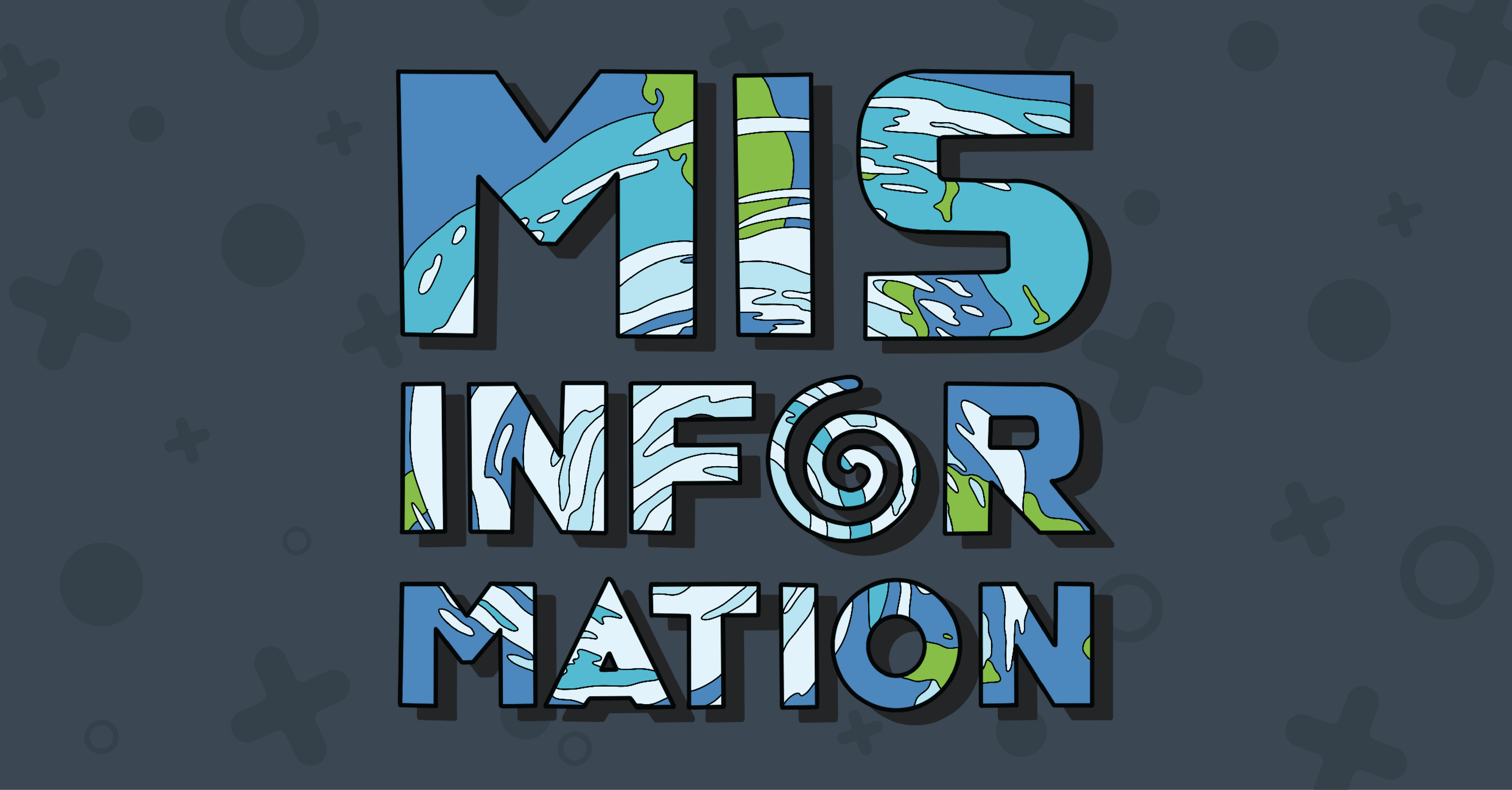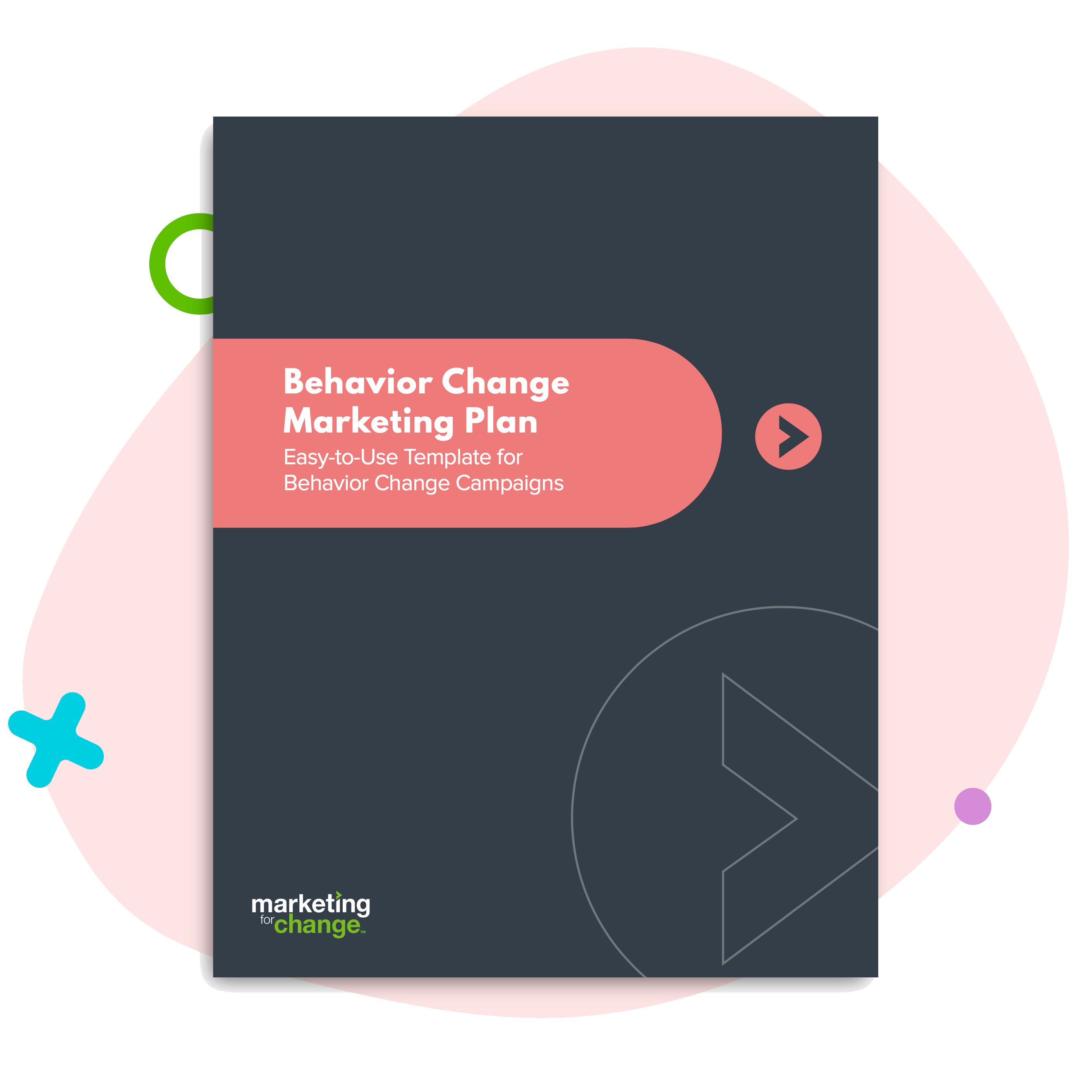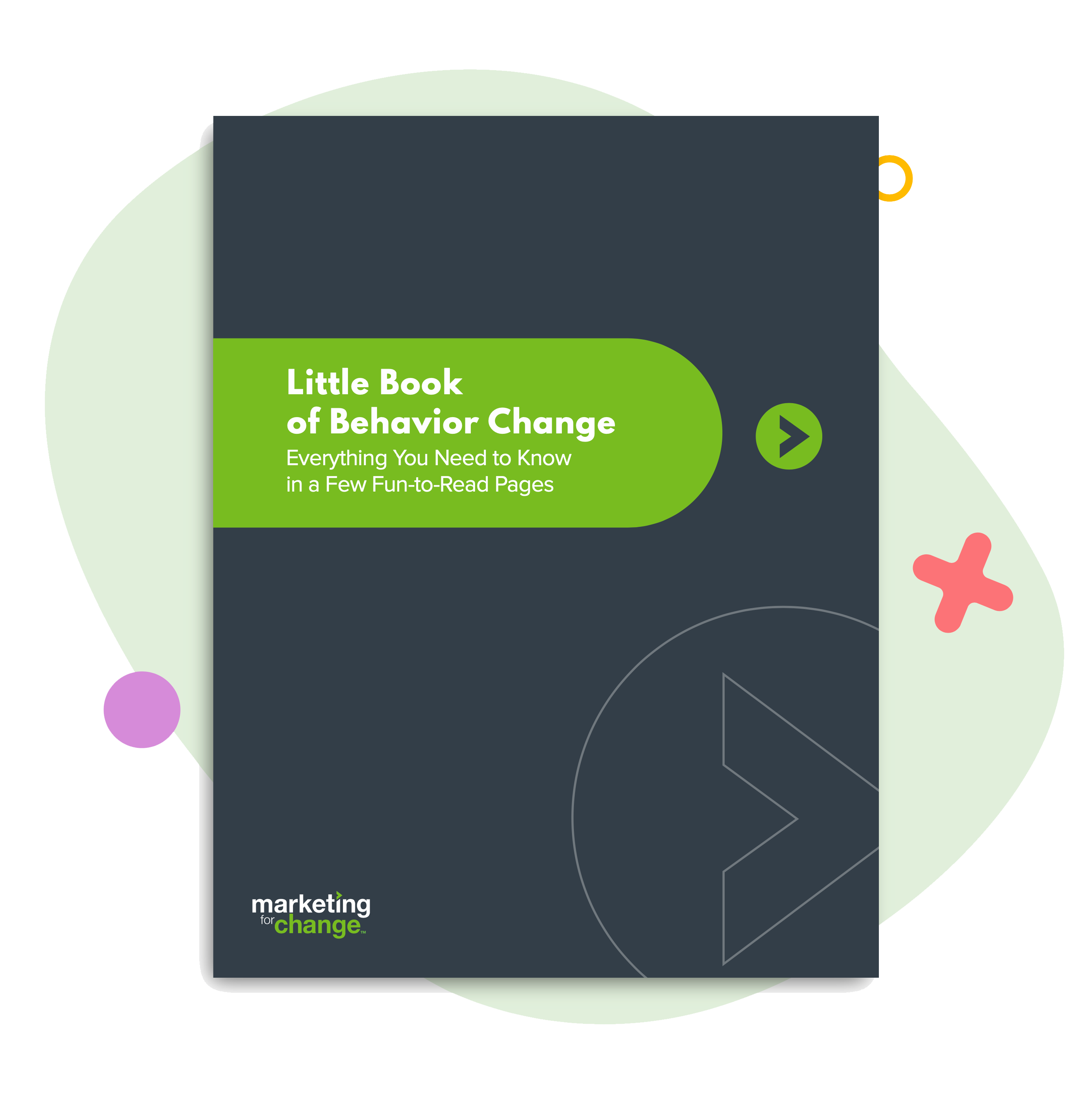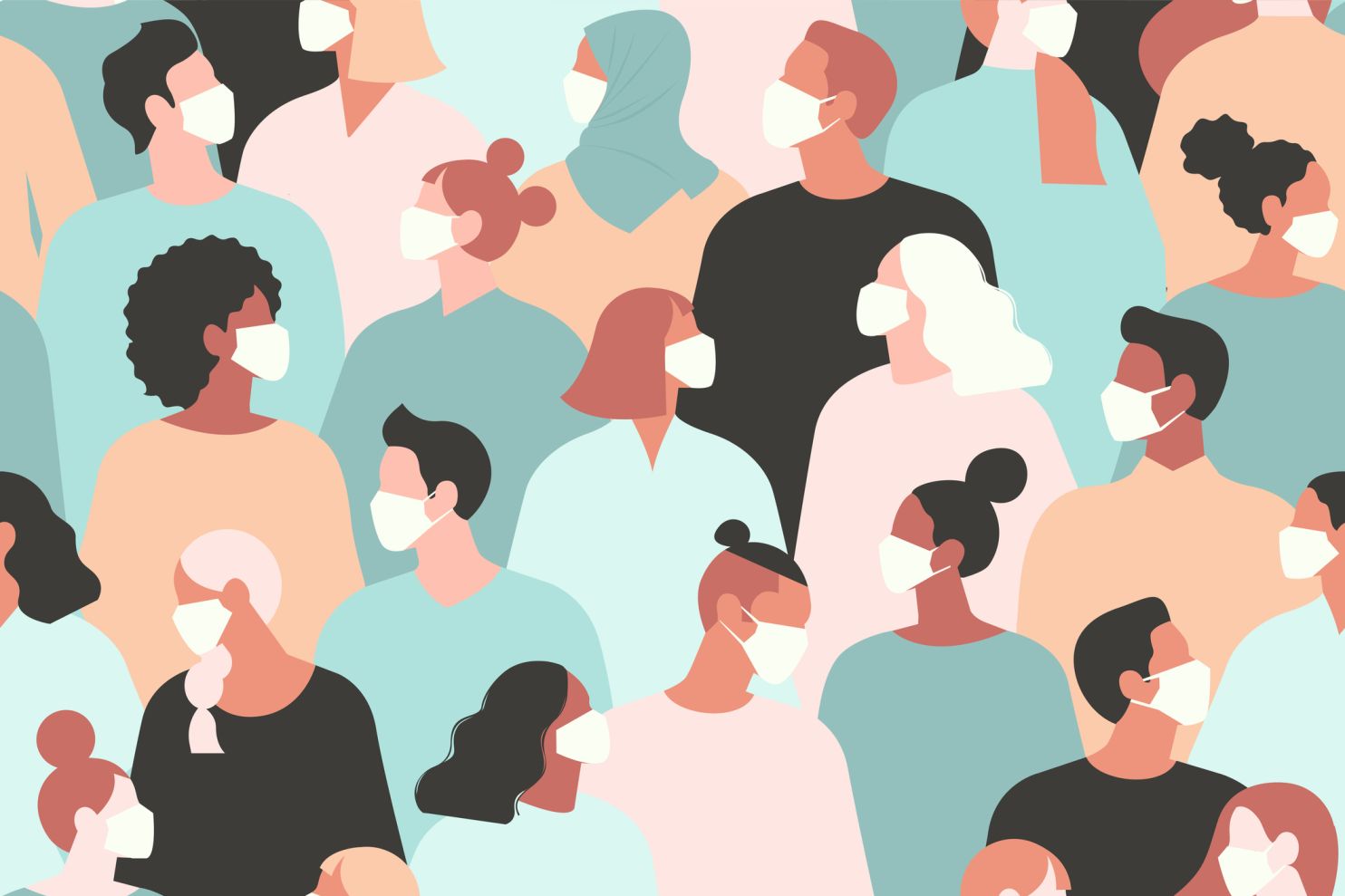
How to Make Face Masks Fun, Easy and Popular
Last weekend, a colleague of mine who lives in Florida’s Tampa Bay area spontaneously conducted a survey while out for Saturday errands. Shocked at seeing most people barefaced, she decided to ask a bunch of them why they had stopped covering their faces in the week since the governor had lifted most restrictions. And then she shared her results and tagged me in a Facebook post asking: What can we do?
Here’s my answer to that question. Like everything else having to do with the novel coronavirus, there is no silver bullet for encouraging mask wearing. But we can look to behavioral science for help.
3 Ways to Boost Mask Wearing
Amid a muddled, often-contradictory, and politicized public health response to the pandemic, it should be no surprise that the nationwide lifting of lockdown restrictions has led to a third (and potentially the worst) coronavirus surge.
Mask wearing in public is critical to containing the pandemic, as yet another recent study strongly concluded. Social distancing and washing hands, while important, aren’t enough on their own to keep coronavirus from spreading. So why, when restrictions were lifted in Florida, did so many people suddenly ditch their masks?
While my friend Kelli’s survey at her local grocery store and farmer’s market was not at all representative, it does provide some interesting insights. Out of 27 people surveyed:
- The four “doers” said they were wearing a mask because they were afraid of the virus, but three of them also cited protecting other people and/or doing the right thing.
- Among the 23 “non-doers,” on the other hand:
- 5 cited functional reasons, such as not owning or forgetting their mask, or finding it uncomfortable to wear.
- Importantly, more than two-thirds simply didn’t see a reason why they should wear one. They either felt they themselves were healthy and not at risk (6), didn’t think a mask made a difference (7), thought the coronavirus risk was overblown (3), or believed it was a hoax (1).
- For those of you who are counting, the last guy shrugged his shoulders and said he didn’t know.
-1.png)
More than anything, these responses speak to the difficulty of encouraging safety behaviors when our federal, state and local leaders are sending so many mixed messages. But given that this state of affairs is unlikely to change any time soon, here are three ways to encourage mask-wearing despite the lack of a unified public health response.
Let’s put the Fun, Easy, Popular methodology to work.
Make It Fun (Rewards)
Back in June, as Florida set daily records for positive cases with a worrisome positive case rate of 12.5%, my local county joined a patchwork of others across the state in mandating face masks in public establishments. But these mandates generally have no criminal sanctions and no plan for enforcement, which means compliance will still be largely voluntary even where restrictions are in effect.
Because mask wearing is optional (and touchy), we need to be careful about provoking reactance, which I have dubbed the “Screw You, Don’t Tell Me What To Do” effect. Reactance is most common during adolescence, but most of us can tap our inner teenager whenever we feel our behavioral freedoms have unfairly been restricted. Partly because our public health leaders recommended against masks before changing their minds, and partly because wearing a mask has been politicized, it now falls squarely into the category of things that many people feel they shouldn’t be made to do.
We can help avoid reactance by supporting agency — people’s ability to make their own choices — and reframing the benefits away from personal safety (for those who feel invulnerable) and toward a reward they actually care about.
What kind of reward might motivate more mask wearing? Using Kelli’s survey and a “doer/non-doer analysis” provides some clues. While “doers” wore masks to protect themselves (something non-doers don’t care about), they also were concerned about protecting others.
Most of us care about our family and friends. And by now all of us — even the introverts — are sick of being shut up in our homes. So rather than focusing on the risk of catching COVID-19, mask-wearing messages can be reframed to focus on more relevant rewards, such as:
- Promoting “warm glow.” Position mask wearing as a prosocial behavior to help people feel the positive emotions associated with protecting others.
- Refocusing the risk. For non-doers who aren’t worried about catching COVID-19, a more tangible risk is having to once again shelter in place. Help people see mask wearing as a way to prevent a second lockdown, which the governors of New York and New Jersey (but not Florida) have already threatened to do.
Make It Easy (Skills and Self-Efficacy)
A good number of the non-doers in Kelli’s survey cited functional barriers to wearing a mask. They found masks to be uncomfortable, they didn’t own one, or they forgot it at home. In her survey, Kelli also spotted four people wearing masks incorrectly (a widespread problem). Three people “wearing” masks had them uselessly draped around their necks, and a third covered her mouth but not her nose.
Here are some tips to address these functional barriers, plus the one that plagues me most (my glasses fogging up).
- Nudge people with timely reminders.
- Place signs outside entrances that remind people masks are required.
- Suggest people keep a mask in their car, purse or backpack, so it’s always available. This type of planning can reduce the intention-behavior gap.

Even better, make masks available at entrances for free or low-cost. Fun patterns, like those for sale at the newly reopened Orlando Science Center, are a bonus.
- Tell people who wear glasses about this anti-fogging hack.
- Perhaps most importantly, show don’t tell. Use more images and fewer words to reinforce the key preventative behaviors.

Make It Popular (Social Norms)
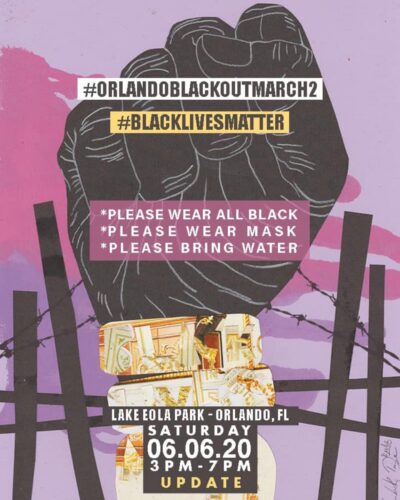 This past summer, I attended a Black Lives Matter rally along with thousands of other people in downtown Orlando. A risk, yes, but it was outdoors and nearly everyone in a crowd of mostly young people was wearing a mask. Just blocks away in either direction, the bars and restaurants in the North Quarter and Thornton Park neighborhoods were packed inside and out with bare-faced partiers.
This past summer, I attended a Black Lives Matter rally along with thousands of other people in downtown Orlando. A risk, yes, but it was outdoors and nearly everyone in a crowd of mostly young people was wearing a mask. Just blocks away in either direction, the bars and restaurants in the North Quarter and Thornton Park neighborhoods were packed inside and out with bare-faced partiers.
Without clear public health messages from our local, state and national leaders, people are looking to their in-groups to set the injunctive social norms — perceptions of which behaviors are typically approved or disapproved by other people. The protest organizers included “wear a mask” in all of their promotional materials and wore masks themselves.
The good news is that mask-wearing norms are so in flux that anyone who is reading this blog can help set expectations for your own circles. Every parent, business owner, and community leader who cares about stopping the spread of COVID-19 can leverage their influence as role models. We can all wear masks, and share our own personal “why.”
Like this week, when I dropped off a gift at a colleague’s house, resisted the urge to give her a hug, and told her, “I wore this mask for you.”

Sara Isaac is Chief Strategist at Marketing for Change.



